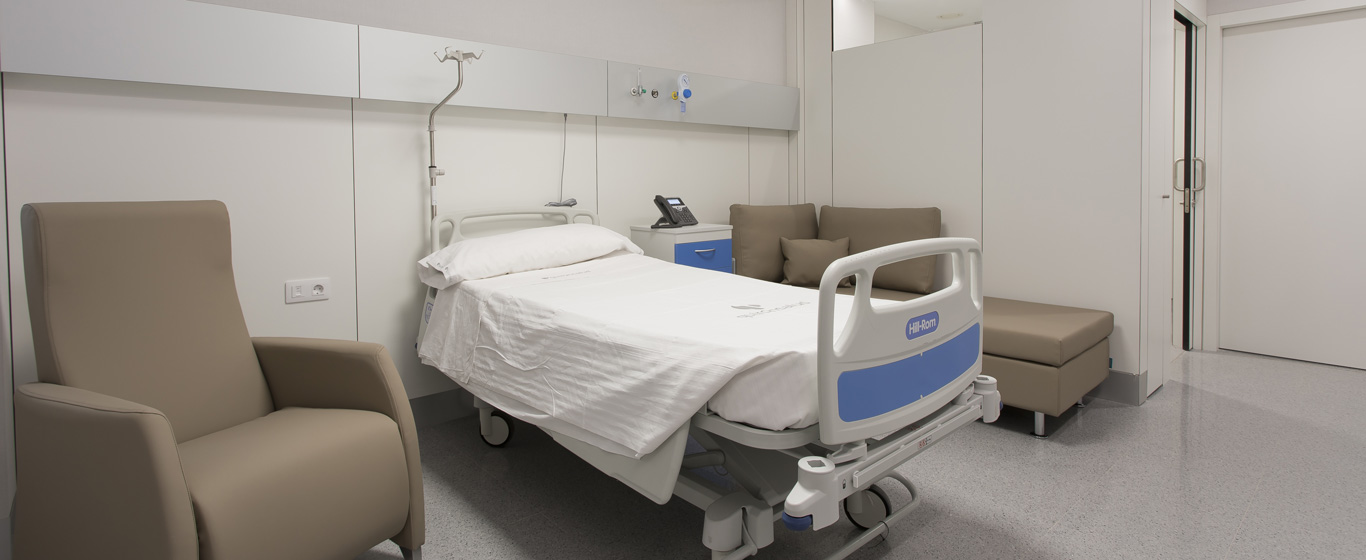Dysphonia
What causes dysphonia? Information about symptoms, treatments, and the reasons why it can develop.
Symptoms and Causes
Dysphonia is a voice disorder that affects vocal parameters, such as timbre, pitch, and intensity. Cases where the voice is completely lost are called aphonia.
There are two types of dysphonia depending on its progression:
Acute dysphonia: It is usually caused by an infection, temporary vocal strain, or an acute stress episode. It resolves with rest and medication to treat the symptoms within a period of one to two weeks.
Chronic dysphonia: It results from complex causes unrelated to infections and persists for more than three weeks.
When chronic dysphonia occurs in childhood, it can affect learning and communication skills. Moreover, for individuals who use their voice professionally, this condition can be highly disabling. Therefore, in certain cases, it requires priority attention.
Symptoms
The most characteristic symptoms of dysphonia include:
- Hoarseness
- Changes in voice intensity
- Periods of aphonia
- Loss of ability to produce high-pitched sounds
- Intermittent voice
- Shortness of breath when speaking
- Coughing
- Sore throat
Causes
Dysphonia is categorized into four main groups based on its causes:
Organic dysphonia: Caused by a lesion or anatomical alteration of the phonation organs, including the larynx, vocal cords, and resonators (nasal, oral, and pharyngeal).
Common causes include congenital malformations, laryngitis, vocal cord nodules or polyps, cysts, neoplasms, granulomas, trauma, ulcers, radiation therapy, hemorrhages, leukoplakia, Reinke’s edema, or papillomas.
Functional dysphonia: No organic causes are detected, meaning the phonation disorder results from a dysfunction in the vocal mechanism. It may be due to excessive voice use, certain medications, or systemic or psychogenic factors.
Hyperfunctional dysphonia: The vocal muscles contract excessively.
Hypofunctional dysphonia: The glottis does not close completely due to weak laryngeal muscles.
Spasmodic dysphonia: Involuntary spasms of the vocal cords occur due to neurological causes.
- Adductor spasmodic dysphonia: The vocal cords stiffen and struggle to vibrate because they come together and remain tense.
- Abductor spasmodic dysphonia: The vocal cords remain too far apart, preventing them from vibrating and allowing air to escape.
- Mixed spasmodic dysphonia: A rare condition involving dysfunction in both the opening and closing of the vocal cords.
Psychogenic or emotional dysphonia: It arises from psychological causes rather than anatomical or neurological dysfunctions. The most common triggers include stressful events, relationship difficulties, anxiety, depression, neurosis, low self-esteem, excessive responsibilities, and difficulty expressing emotions.
Risk Factors
Several factors increase the risk of developing dysphonia, including:
- Congenital malformations
- Advanced age
- Excessive or loud voice use (shouting)
- Alcoholism
- Smoking
- Gastroesophageal reflux disease (GERD)
- Upper respiratory tract infections
- Allergies
- Nervous system disorders
Complications
Dysphonia can alter voice characteristics, cause edema or nodules on the vocal cords, and, in extreme cases, lead to permanent aphonia.
Prevention
While some types of dysphonia cannot be prevented, the following measures can help reduce the risk:
- Limiting voice use and avoiding shouting
- Staying hydrated
- Avoiding dry and smoky environments
- Not smoking
- Reducing caffeine consumption
- Allowing vocal rest
Which Doctor Treats Dysphonia?
Otolaryngologists specialize in diagnosing and treating dysphonia. Depending on the case, other specialists may be involved, such as neurologists, speech therapists, pediatricians, geriatricians, or occupational medicine specialists. Rehabilitation specialists play a crucial role.
Diagnosis
Dysphonia is diagnosed based on the patient’s voice during a medical consultation. To determine its cause, additional tests may be performed, including:
- Indirect laryngoscopy: Observing the throat using a mirror and an external light source.
- Direct laryngoscopy: Examining the larynx and vocal cords with a flexible or rigid instrument equipped with a camera, inserted through the nose or mouth.
- Stroboscopy: Assessing vocal cord vibrations using a synchronized flashing light.
- Laryngeal electromyography: Measuring electrical activity in the laryngeal muscles.
- Biopsy: Analyzing a tissue sample to detect or rule out neoplasms.
- Neurological or psychological tests when spasmodic or psychogenic dysphonia is suspected.
Treatment
In most cases, dysphonia resolves with non-invasive treatments, including the following lifestyle adjustments:
- Vocal rest
- Medications to treat symptoms, such as anti-inflammatory drugs or antihistamines
- Increased fluid intake
- Smoking cessation
- Speech therapy
Functional dysphonia, particularly cases involving nodules and edema, often requires rehabilitation therapy. This treatment focuses on learning new techniques to train the laryngeal muscles, restoring strength and tension necessary for consistent voice production.
Botulinum toxin, fat, collagen, or injections of other substances like hyaluronic acid may be used to stop spasms or strengthen the vocal cords, depending on the case.
Surgical intervention is necessary to remove tumors or polyps.






































































































